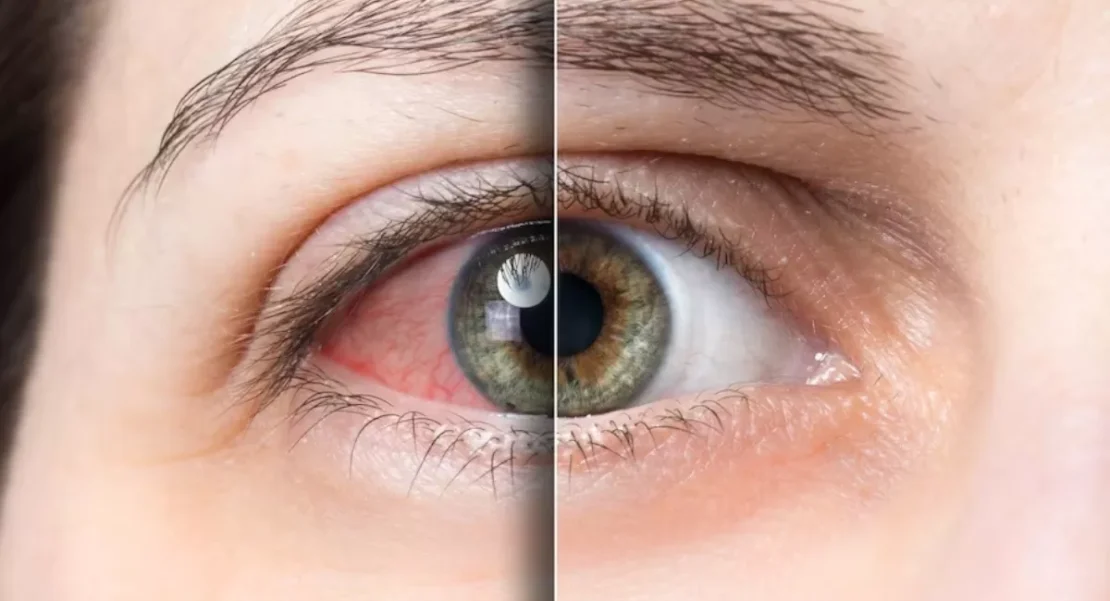What is Eye Flu ,Eye Flu Symptoms, Causes, and Treatment
The eyes are our windows to the world, enabling us to experience life's beauty in vivid detail. However, just like any other part of the body, the eyes can fall victim to infections and illnesses. One such common ailment is eye flu, also known as viral conjunctivitis. In this blog, we will delve into the symptoms, causes, and treatment options for eye flu to help you better understand and manage this condition.
Symptoms of Eye Flu: Eye flu is characterized by a range of uncomfortable symptoms that can affect one or both eyes. These symptoms may include:
Causes of Eye Flu: Eye flu is primarily caused by viral infections, with the most common culprits being adenoviruses. These viruses can spread through direct contact with an infected person's eye secretions or by touching contaminated surfaces and then touching the eyes. Factors that can increase the risk of contracting eye flu include:
Treatment Options: While eye flu can be uncomfortable, the good news is that it usually clears up on its own within a couple of weeks. However, there are several steps you can take to alleviate symptoms and promote healing:
When to Seek Medical Attention: While most cases of eye flu resolve on their own, it's important to seek medical attention if you experience any of the following:
Symptoms of Eye Flu: Eye flu is characterized by a range of uncomfortable symptoms that can affect one or both eyes. These symptoms may include:
- Redness: The whites of the eyes (sclera) may appear pink or red due to inflammation of the conjunctiva (the thin, transparent layer covering the white part of the eyes).
- Watery Discharge: Excessive tearing and a clear or white discharge may be present, causing the eyes to feel watery and sticky.
- Itchiness: The eyes may feel itchy and irritated, leading to frequent rubbing, which can exacerbate the condition.
- Grittiness: A sensation of having a foreign object, such as sand or grit, in the eye can be experienced.
- Sensitivity to Light: Known as photophobia, this symptom can cause discomfort when exposed to bright lights.
- Swelling: The eyelids may become swollen or puffy due to inflammation.
- Crust Formation: Dried discharge can lead to crusty eyelashes, especially upon waking in the morning.
Causes of Eye Flu: Eye flu is primarily caused by viral infections, with the most common culprits being adenoviruses. These viruses can spread through direct contact with an infected person's eye secretions or by touching contaminated surfaces and then touching the eyes. Factors that can increase the risk of contracting eye flu include:
- Close Contact: Being in close proximity to someone with viral conjunctivitis increases the likelihood of transmission.
- Poor Hygiene: Not washing hands regularly or sharing personal items like towels can facilitate the spread of the virus.
- Crowded Places: Locations with high population density, such as schools and daycare centers, can promote the rapid spread of the infection.
- Allergies: Individuals with pre-existing allergies may be more susceptible to viral conjunctivitis.
Treatment Options: While eye flu can be uncomfortable, the good news is that it usually clears up on its own within a couple of weeks. However, there are several steps you can take to alleviate symptoms and promote healing:
- Hygiene: Practice good hygiene by washing your hands frequently and avoiding touching your eyes. Use a clean tissue or cloth to wipe away discharge.
- Cold Compresses: Applying a cold compress to the eyes can help reduce inflammation and soothe discomfort.
- Artificial Tears: Over-the-counter lubricating eye drops can provide relief from dryness and irritation.
- Avoid Contact Lenses: It's recommended to avoid wearing contact lenses until the infection has fully resolved to prevent further irritation.
- Prescription Medications: In severe cases, your doctor may prescribe antiviral eye drops to speed up recovery.
When to Seek Medical Attention: While most cases of eye flu resolve on their own, it's important to seek medical attention if you experience any of the following:
- Severe pain or discomfort
- Vision changes or blurriness
- Intense sensitivity to light
- Pus-like discharge
- Symptoms that worsen or persist for more than two weeks


